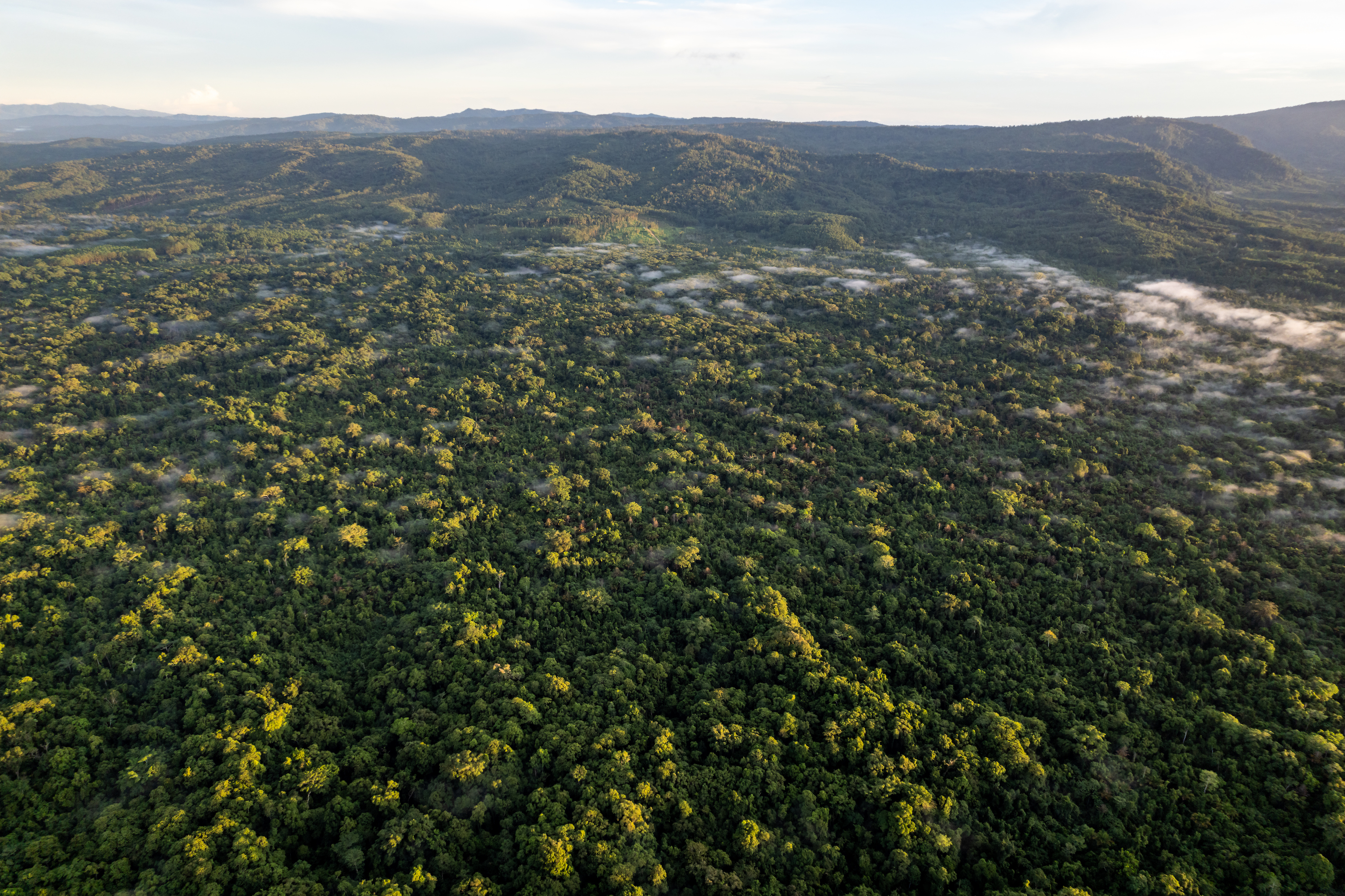Forest area must a minimum of 500 hectares – The area you want to measure for carbon should be a minimum of 500 hectares of healthy forest to make a viable carbon project. Ideally the forest area will be bigger than 500 hectares — closer to 1000 hectares — and the forest will be dense and intact. If the forest area is less than 500 hectares or degraded, the project will not earn enough carbon credits and carbon income to benefit a community.
The success of the Babatana Rainforest Conservation Project on Choiseul Island has proven that with the right criteria, community-owned forest carbon projects can be a nature-based solution to both the environmental and economic challenges faced by Indigenous customary landowners in the Solomon Islands.
Many landowner communities in the Solomon Islands are now asking how they can also establish their own carbon projects, which protect the forest and provide much-needed income for people.
It’s encouraging that landowners want to keep their forests intact and help reduce greenhouse gas emissions. But carbon projects must meet a lot of criteria to pass certification by international Carbon Standards — like Plan Vivo who require projects deliver a range of environmental, social and economic benefits — and to meet our own high-integrity standards and those of our partners.
We are currently working in partnership with the Solomon Islands Threshold Program — a partnership between Millennium Challenge Corporation (MCC) and the Solomon Islands Government — to apply the same principles from the Babatana project to other sites in the Solomon Islands.
Here, we outline some of the eligibility criteria needed to start a carbon project in the country.

Nakau recently worked in collaboration with NRDF and Live & Learn Solomon Islands to respond to community interest in developing forest carbon projects as part of the MCC-funded Solomon Islands Threshold Program.
After casting a wide net, considering available data, eligibility criteria, and further suitability and feasibility scoping, twelve sites were shortlisted.
Some locations met all these eligibility requirements outlined above but did not meet other criteria as outlined in the selection criteria toolkit. However, they might be successful in starting a forest carbon project in the future.
The program has formally selected the Sobetahunga Conservation Area in Viru Harbour with an additional two sites pending finalisation.
Despite only a few new projects emerging from the Solomon Islands Threshold Program partnership, this process and community interest can be seen as a trigger for more tribal areas to consider revoking commercial logging practices in their forests and preparing for conservation carbon projects instead — provided they meet the criteria and can commit to the time required to develop a forest carbon project.
To learn more about how carbon projects work across the Pacific region, see our Forest Carbon Fact Sheet. You can also learn more about connecting with a local community partner if you meet the criteria and want to embark on a carbon project.
You can also find out more about the Solomon Islands Threshold Program and Millennium Challenge Corporation.

